There's an important line in the datasheet:
- Wide Bandwidth (Unity Gain): 1 MHz (which is not actually very "wide" for your purposes)
In other words the LM358 has a gain-bandwidth product of 1MHz. So at 200kHz it's capable of at most a 5x gain (because 5*200kHz=1000khz). And that would be for a nice smooth sin wave; a square wave has higher-frequency components so it's even harder. I'd suspect that if you look at your output in an oscilloscope, it's not only low-amplitude but also very rounded.
To fix it with this circuit, you'll want to use an op-amp with a higher gain-bandwidth product. Also using R1 << R2 will get you almost another factor of 2, though you'll need to redo the frequency math.
Also, not sure of your application but if you really only need a square wave, consider using either a comparator (which could just be dropped into this circuit) or CMOS digital logic chips (which would need a different circuit) instead of an op-amp. They'll make a nice high-frequency square wave easily. There are also dedicated oscillator/clock generator chips if you need a very precise frequency. These days there's usually a chip that does exactly what you want, rather than actually having to make the oscillator circuit yourself.
